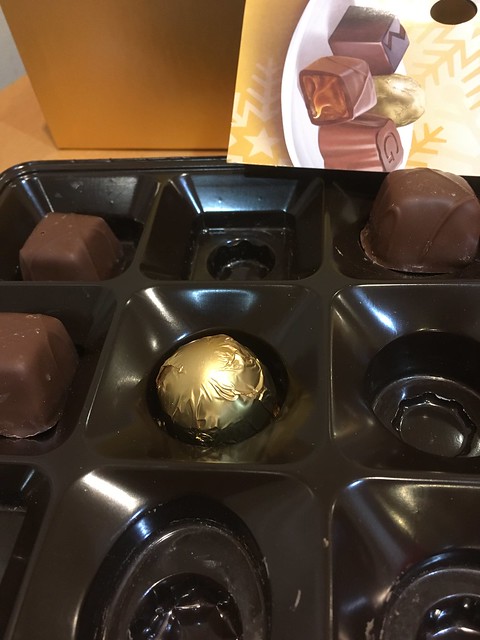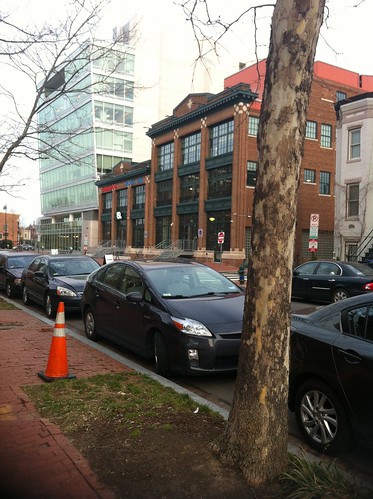So I’m doing newspaper searches for Washington Sanitary Imp. Co. houses, and I’m doing 1930 Truxton Circle Black Homeowners. Then I thought, why not do a quickie newspaper search just covering the years of the Powell’s ownership, 1921-1971. The Library of Congress has the Evening Star and other DC newspapers that are not the Washington Post, up to 1963. So from 1963 to 1971, I’ll search the Washington Post.
For Sale- Houses– Evening star. [volume], September 28, 1920, Page 24; Evening star. [volume], September 27, 1920, Page 23; FOR SALE TO COLORED– 120 Florida Ave. N.W. Bay window brick; 8 large rooms and bath on two floors; h.w. heat; lot to alley; newly papered and painted. Price only $7,000; terms ran be had. T. B. BROWN CO.
For Sale- Houses– Evening star. [volume], October 03, 1920, Page 19. FOR SALE- TO COLORED FAMILY- 120 Florida Ave. N.W.
Bay-window brick. 8 large rooms and bath on two doors. Hot-water heat and gas. Newly papered and painted. Lot to alley. Room for
garage. Possession in 30 days. The price is right and can sell on terms. T. B. BROWN CO.
Real Estate Transfers– The Washington herald. [volume], August 06, 1921, Page 5. 120 Florida ave nw. sq 551, lot 174- Mary Dewey to Charles S. and Willie N. Powell.
Pedestrian Struck by Automobile Dies– Evening star. [volume], February 20, 1924, Page 7. A motor vehicle driven by Hellia Tennen (Temmon? ) of 120 Florida avenue northwest, came in contact with a barricade on the bridge over Rock Creek at P St.
11 Hurt in Traffic During Week End– Evening star. [volume], September 17, 1928, Page 7. James Patterson, 18 yr old AfAm of 120 Florida ave was injured, but not seriously.
Census Workers Named by Moran– Evening star. [volume], March 20, 1930, Page B-4. Willie N. Powell of 120 FL Ave NW was one of many mail clerks to help with the 1930 census.
Elevator Boy Knifes Employe [sic] of Phone Co– Evening star. [volume], February 06, 1931, Page PAGE B-1. Samuel J. Patterson, 21, of 120 Florida Ave was arrested and charged with assault.
Marriage License Applications– Evening star. [volume], February 08, 1947, Page B-8. Bayles Fox. 30. 120 Florida ave. n.w., and Lottye Gaten. 25, 1919 3rd st. n.w.
Marriage License Applications– Evening star. [volume], February 14, 1951, Page B-14. Hugh Temmon, 28, 120 Florida ave. n.w.,and Flossie Dixon, 21, 1228 Stevens rd. s.e.
Marriage License Applications– Evening star. [volume], June 01, 1951, Page B-12. Jesse Staton. 21. 118 Florida ave. n.w., and Hazel Dixon, 19, 120 Florida ave. n.w.
D. C. Soldier Listed As Captive of Reds More Than 2 Years– Evening star. [volume], February 23, 1953, Page A-4 – Pfc. Jesse L. Staton, was one of 4 soldiers wounded. His wife Mrs. Hazel M. Staton, lived at 120 Florida avenue N.W.
33 District Veterans Reach West Coast– Evening star. [volume], May 14, 1953, Page A-7. Korean war vet Pfc. Jesse L. Staton of 120 Florida avenue N.W. was given leave.
Deaths-Powell, Charles S.– Evening star. [volume], July 30, 1954, Page B-8. On Friday, July 30, 1954. CHARLES S. POWELL of 120 Florida ave. n.w. Notice of funeral later. Arrangements by Frailer Funeral Home, 389 R. I. ave. n.w.
Deaths-Powell, Charles S.– Evening star. [volume], August 03, 1954, Page A-10. On Friday, July 30, 1954, at his residence, 120 Florida ave. n.w. CHARLES S. POWELL, devoted husband of Mrs. Willie N. Powell, brother of Mrs. Georgia A. Patterson, uncle of Edward A. Patterson and Mrs. Dorothy Bank. Many other relatives and friends also survive. After 2 p.m. Tuesday. August 3, friends may call at Frazier’s Funeral Home. 389 Rhode Island ave. n.w. Funeral Wednesday. August 4. at 10:30 a.m. at the Asbury Methodist Church. 11th and K sts. n.w. Interment at Lincoln Memorial Cemetery.
Deaths Reported– Evening star. [volume], August 04, 1954, Page B-14. Charles Powell, 68, 120 Florida ave. n.w.
Crime and Justice: Crime ROBBED STOLEN– The Washington Post, Times Herald (1959-1973); Washington, D.C. [Washington, D.C]. 07 Sep 1970: C3– Richard Andrew Payne was robbed in front of 120 Florida Ave. NW.




